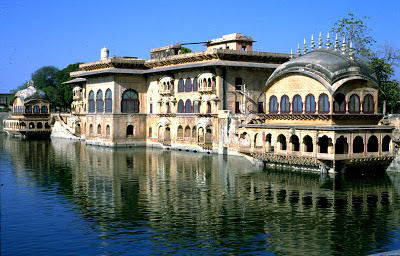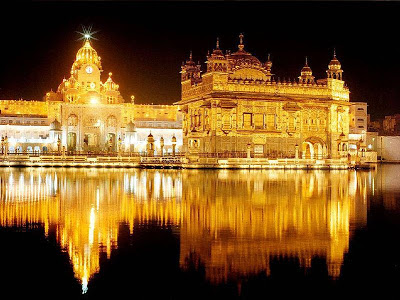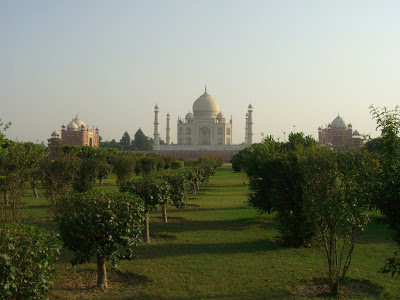Lohagarh Fort (Iron fort) is situated at Bharatpur in Rajasthan, India. It was constructed by Bharatpur Jat rulers. Maharaja Suraj Mal used all his power and wealth to a good cause, and built numerous forts and palaces across his kingdom, one of them being the Lohagarh Fort (Iron fort), which was one of the strongest ever built in Indian history.
The inaccessible Bharatpur Fort could withstand repeated attacks of British forces led by Lord Lake in 1805 when they laid siege for over six weeks. Having lost over 3000 soldiers, the British forces had to retreat and strike a compromise with the Bharatpur ruler. Of the two gates in the fort, one in the north is known as Ashtdhaatu (eight metalled) gate while the one facing the south is called Chowburja (four-pillared) gate.
t is very different from the other forts in Rajasthan state, there is no flamboyance associated to fort but it generates an aura of strength and magnificence. The fort is surrounded with moat which was previously filled with water to ward off the enemy attacks. The sandy ramparts were strengthened by sandy battlements, thus the enemy guns proved of no avail.
Some interesting monuments in the fort are Kishori Mahal, Mahal Khas and Kothi Khas. Moti Mahal and towers like Jawahar Burj and Fateh Burj were erected to commemorate the victory over the Mughals and the British army. The Gateway has paintings of huge elephants.
The Lohagarh Fort, constructed by Bharatpur Jat rulers, true to its name stood solidly in front of many British attacks, and frustrated them to ends. Lohagarh Fort means 'Fort of Iron', and the fort was what its name suggested; virtually impregnable. Protected by deep moats on all sides, it was said that it could fall "only when a crocodile swallowed up all the water of the moat. It's obvious that the Jats did not believe in laxity. So, while lesser forts gave way more easily, Lohargarh stood firm, giving Bharatpur the security it needed.
Travel Blog by :- Easy Tours of India









